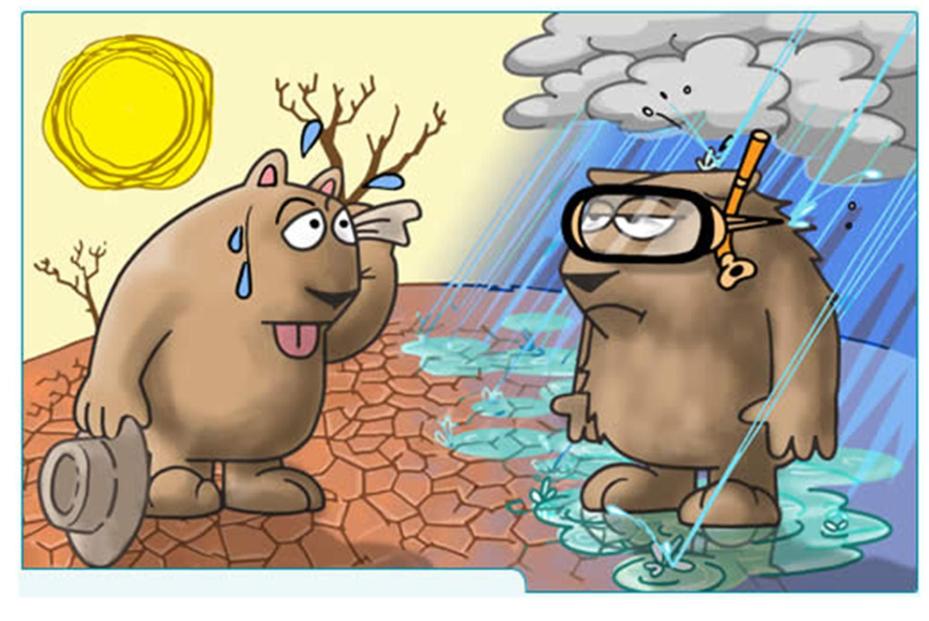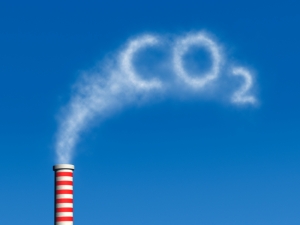Europe has recently seen a rise in healthy population of different vulture species. Griffon Vulture, one of the old world vultures, has been reintroduced successfully in France. Like all other family members of its kind, Griffon Vultures are scavengers. During the mid-twentieth century, the vulture population in entire Europe declined drastically and was affecting some of the major ecosystems. Out of four major vultures found in Europe, Eurasian Griffon (Gyps fulvus), Bearded Vulture (Gypaetus barbatus), Black Vulture (Aegypius monachus) and Egyptian Vulture (Neophron percnopterus), France, Italy, Bulgaria, Turkey and Former Yugoslavia had lost most of their populations (Schenk 1972). At that time, only Spain had noteworthy vulture population (estimated 2000 pairs of Griffon and 200 pairs of Black vultures) within its territory with insignificant movement in neighboring countries (Bernis 1966, 1974). Besides Griffon, Bearded Vulture was reintroduced in France, Germany, Switzerland and Austria through a 20 year conservation project (1972-1992). There was a critical time in the middle of last century, vulture species (Griffon, Bearded, Turkey, Black and others) were becoming critically endangered all over Europe. Different long-term and short-term initiatives were taken by France, Germany, Switzerland, Bulgaria, Spain and Turkey which helped improve the vulture population.
In France, Bulgaria and Italy, the vulture populations declined largely due to unprecedented development activities after World War 2. It was widely acknowledged that, poisoning, shooting, starvation, wire collision, electrocution, injury, old age and imprinting are common reasons behind endangering vulture populations, not only in Europe but also in Asia (India, Nepal, Pakistan, Bangladesh and China). According to SAVE (Saving Asia’s Vulture From Extinction – a consortium of international organizations), 97% of vulture population have declined in Asian Sub-continent, which is quicker than that of any other species. In Europe, other causes of non-predatory death includes malnutrition, disease, and catastrophic events (Whelan 2008). Vultures are exceptionally dependent on carcasses of wild and domestic animals. They are also known as cleaners of nature. Domestic animals are frequently treated with NSAID (Nonsteroidal anti-inflammatory drug), which is one of the major threats for the vulture population. RSC’s (Royal Society of Chemistry) study shows that, Veterinary painkiller like NSAID has caused for 99% of India’s vulture death between 1992 and 2007. This deadly drug is still being widely used in different countries in Europe and threatening the vulture.
The most important task vulture does for the ecosystem is consume carcasses. Dead bodies of wild animals and farm animals are primary food source of these gregarious bird species. All the vulture soars in the sky for whole day surveying the earth’s surface for food. To maintain ecological balance, the vulture plays an important role in environmental health. They are important spiritually, economically and environmentally. As scavenger, vultures are able to consume carcasses more effectively and efficiently than any others (Whelan 2008). Before the disappearance of Griffon Vulture from Massif Central and the Alps in France, (also known as of ‘raptor war’) most of the carcasses were cleaned through natural process. Water bodies in France and other neighboring countries along the Alps were contaminated with carrion, which was effecting entire ecosystem, starting from human being to small cats and birds. Tons of abandoned wild remains were polluting air, water and soil across Alps. Though there is limited information about adverse consequences before introducing ‘vulture restaurants[1]’ in France, in 1960s, national level conservation activities began. Vulture restaurants were the first such initiative to restore Griffon Vulture population by delivering safe food (Terrasse & Terrasse 1970).
[1] Open place where safe and uncontaminated food is provided for vultures.
Vultures, importantly stop spreading diseases from carrions in wild. Scavengers are capable of digesting almost all harmful pathogens found in carcasses. They break down dead bodies and help decomposers to further break them into chemical elements. Decomposition and the recycling process of dead biomass are heavily depended on vulture species.
To strengthen conservation efforts, some legal actions facilitated restore vulture population in European countries. Since 1970s, bird shooting was legally prohibited in France. Announcing protecting areas across counties (France, Spain, Italy, Turkey and others) to protect natural resources also assisted to grow vulture population. To protect birds, in Europe, Bird Directive was developed in 1979. Spain has banned using NSAID in the beginning of twenty first century. Whereas, other European countries are still in the political process to regulate veterinary medicines.

European communities are well-known for their environmental friendliness. Vulture reintroduction projects were widely accepted by the community. Since vultures hardly show up into urban or semi-urban areas or highly populated areas, their wolf-like misconceptions are discounted. A number of Non-government Organizations (e.g. Vulture Conservation Foundation) along with government agencies are working together to resolute unexpected issues. The Alps and the Grands Causses are free zones for vultures. Another inventiveness, ‘Farmer Feeding Places’ within the Griffon Vulture foraging areas (mainly in Grands Causses), involving community into the process made the path easier. Remarkably, reintroduced Black Vultures followed Griffon’s feeding zones and were able to uphold their distinctive characteristics.
Photo: (@ Naimul Islam_2012) Bearded Vulture soaring over the Alps (Valais, Switzerland)


